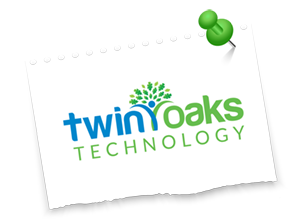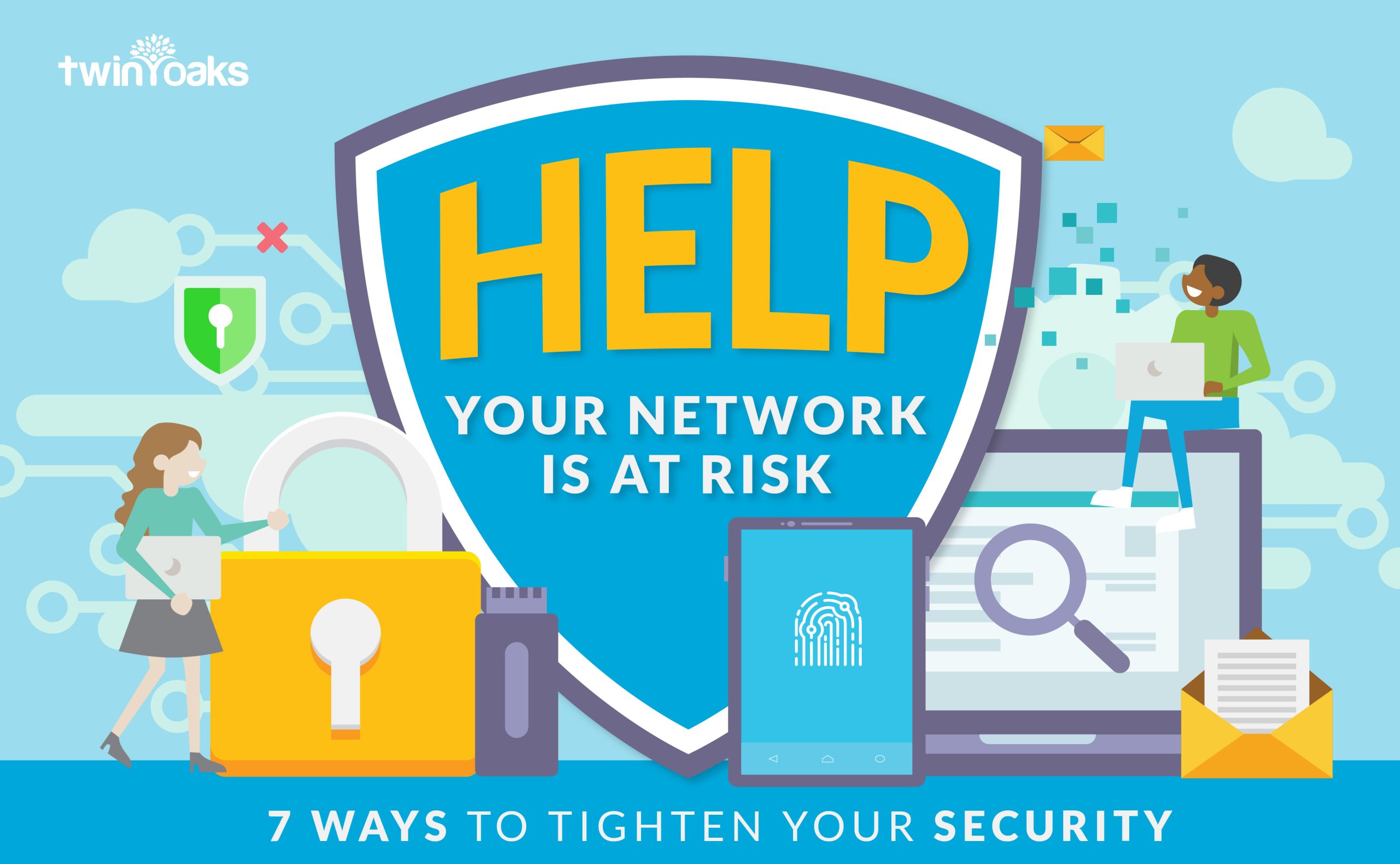Fear of a cybersecurity breach can keep us worried. Everyone who uses a computer is at risk of external threats from cyberattacks and breach in security. Fortunately, there are quick and easy ways to protect yourself from cyber strikes and keep your information under lock and key. We’ve got 7 quick ways to safeguard your system from online insurgents so you can feel secure in knowing that you are protected.
Our methods include:
- Encryption
- Password protection
- Firewall reinforcements
- Antivirus software
- Beware of phishing
- Backing up your data
- Asking for help
Let’s go!
- ENCRYPTION IS ESSENTIAL – Encryption is your system’s way of preventing unauthorized access to your network by converting data into code or symbols. An attacker or hacker cannot understand encrypted code. Because of that fact, encryption is a largely effective way to protect your network from attackers. Encryption is a method that has been around for several years, but older devices utilize older technologies. The U.S. Department of Homeland Security Cybersecurity and Infrastructure Security Agency [CISA] recommends using the strongest encryption protocol available. Protect your information by implementing up-to-date PCs and network equipment that supports encryption.
- MODIFY YOUR PASSWORD (NO, REALLY – CHANGE IT!) – The majority of individuals hate updating passwords. While it may seem like a hassle, nothing is more of a hassle than a cyberattack on your system. There are several strategies for building a strong password. First, change your password frequently. Second, create different passwords for various accounts that you use. Subsequently, if you do experience a security breach, none of your other accounts will be compromised. Lastly, make sure that the passwords you create are strong. Remember that the reason passwords are in place is to protect your personal, sensitive information and accounts. Here are some do’s and don’ts for building strong passwords:
- DO use the longest password allowable by each password system
- DON’T create combinations based on your personal info or that are easy to guess
- DO utilize a password management program like LastPass
- DON’T write your password down where others can access it
- DO consider using a mnemonic expression to build strong passwords
Example: My dog Spot loves to play fetch! 2021 = Md$ltpf!2021Try hard not to reuse passwords. Create them to be long, strong, and secure.
- FIRE UP THE FIREWALLS – Simplified, a firewall is a device that watches incoming and outgoing traffic on a network and uses security rules in its system to decide whether to allow or block data flow. Both hardware and software firewalls exist. However, it’s important to distinguish their similarities and differences. Hardware firewalls are often referred to as network firewalls and operate between your device and the internet. Many internet service providers supply routers that include basic firewall features. A hardware firewall can help protect several computers on a network. Often, support is required for configuration and maintenance. Inversely, a software firewall is installed on the device in a network. Most operating systems offer a built-in software firewall. Software firewall provides protection from unauthorized access by filtering and block data that it deems suspicious. Amp up your security by implementing both hardware and software firewalls to pack a mean security punch. Often, this requires careful configuration expertise. However, the powerful combo minimizes weaknesses and raises your system security to a new level once it’s in place.
- ANTIVIRUS SOFTWARE IS A MUST – Short for malicious software, malware is a general reference to computer programs that are designed to infect and cause harm to your computer. Antivirus software was designed to protect individuals from scams and theft of your personal information. Further, when researching and choosing antivirus software for your system, make sure that the software will:
- Quarantine and remove files marked as infected
- Perform system scans of all and every file types
- Protect your system at all times – not just periodically
- Identify viruses through detecting suspicious threats, programs, and activities
- Continuously update and identify new risky items. There is a variety with variation of antivirus software available for download today. Likewise, remember that the best antivirus software will possess the qualities highlighted in the bulleted list above. The most basic versions of antivirus software are often included within the operating system of a workstation. A more advanced version will include – you guessed it – advanced protection. Notedly, if you are willing to pay for the software, you can access advanced privacy features, parental controls, and more.
- DON’T FALL FOR THE PHISH – We remember those early days of email when the inbox was filled with chain emails and a joke-of-the-day. But now, threats in your inbox are more common than ever. Sophisticated phishing emails are persuasive and seemingly trustworthy. The danger of phishing emails grows as attackers create new techniques every day in attempts to infect the system of the user. The best defense to mitigate email threats is to educate yourself and anyone else who accesses the devices that house your information – both at home and at work. Phishing scams usually attempt to persuade the user to open an attachment or click on a link in an email. Interestingly, the emails look legitimate at a glance but show warning signs to the contrary. Emails look as if they are from a known source such as a bank, social networking site, app, online store, or sometimes even someone you know. A phishing email always includes some action on your part – and that should be your red flag that something isn’t as it seems. Therefore, before opening an attachment or clicking on a link, make a phone call to a known valid number. Ask the sender if the action is legitimately required on your part. There are other ways to protect yourself from phishing, First, install security software. Second, keep your system software up-to-date. Next, back up your data. Finally, utilize multi-factor authentication for your accounts.
- BACK UP YOUR DATA – Failure to back up data can create unnecessary hassles in a big way. Backup regularly to prevent infected, lost, stolen, or corrupted data. Whether you utilize an external backup process or a cloud-based backup service, backing up your data and personal information is critical. Cloud-based services are easy to use and automatic, making the process much easier on the user. Make sure your backup service utilizes encryption for advanced privacy and security measures.
- ASK FOR HELP: DON’T LET JUST ANYONE REMOTE IN – Managing your system can feel like a lot of pressure. Moreover, it is critical to ensure that your system in protected. Something as seemingly innocent as clicking on a link sent in an email can invite a full attack on your computer system or entire network. To ensure maximum protection, enlist the assistance of specialists and/or experts who can strengthen your system security. Likewise, they help fortify your workstation and network, ensuring that your system is running with the latest system updates and prevent new issues from occurring.
Looking for help from a team of tech pros? We’ve got you covered. Call us at (731) 281-1210 or visit our website.



